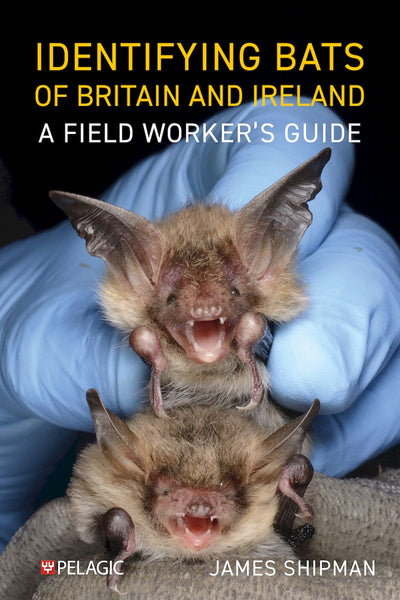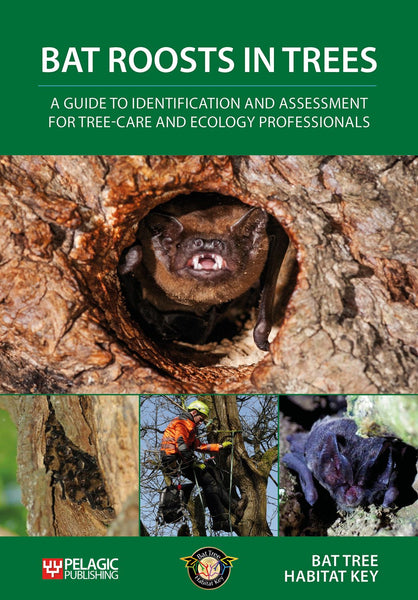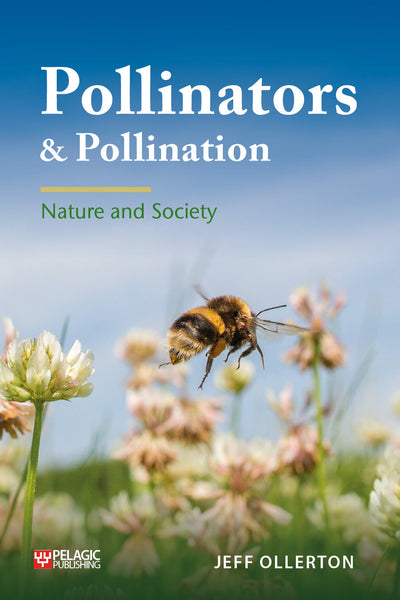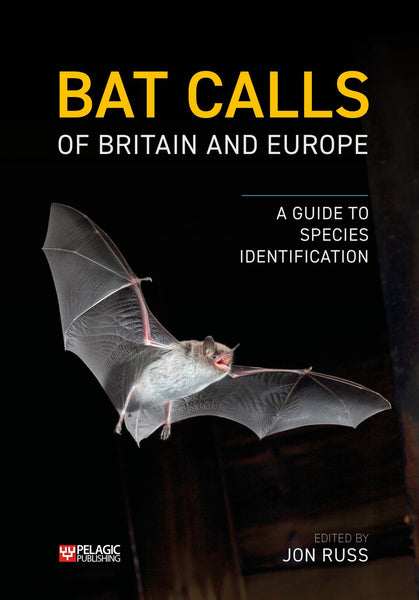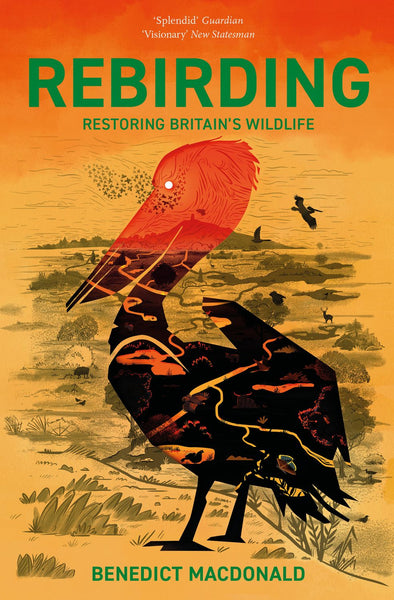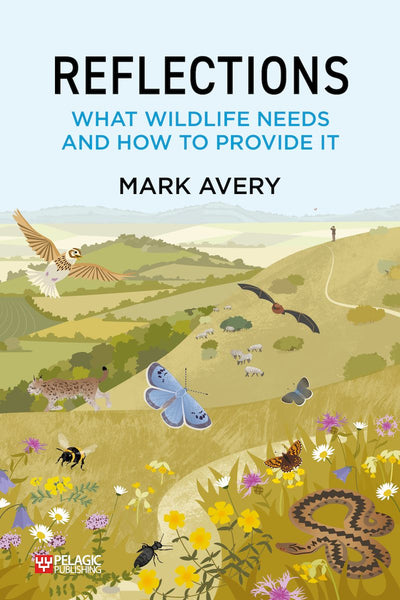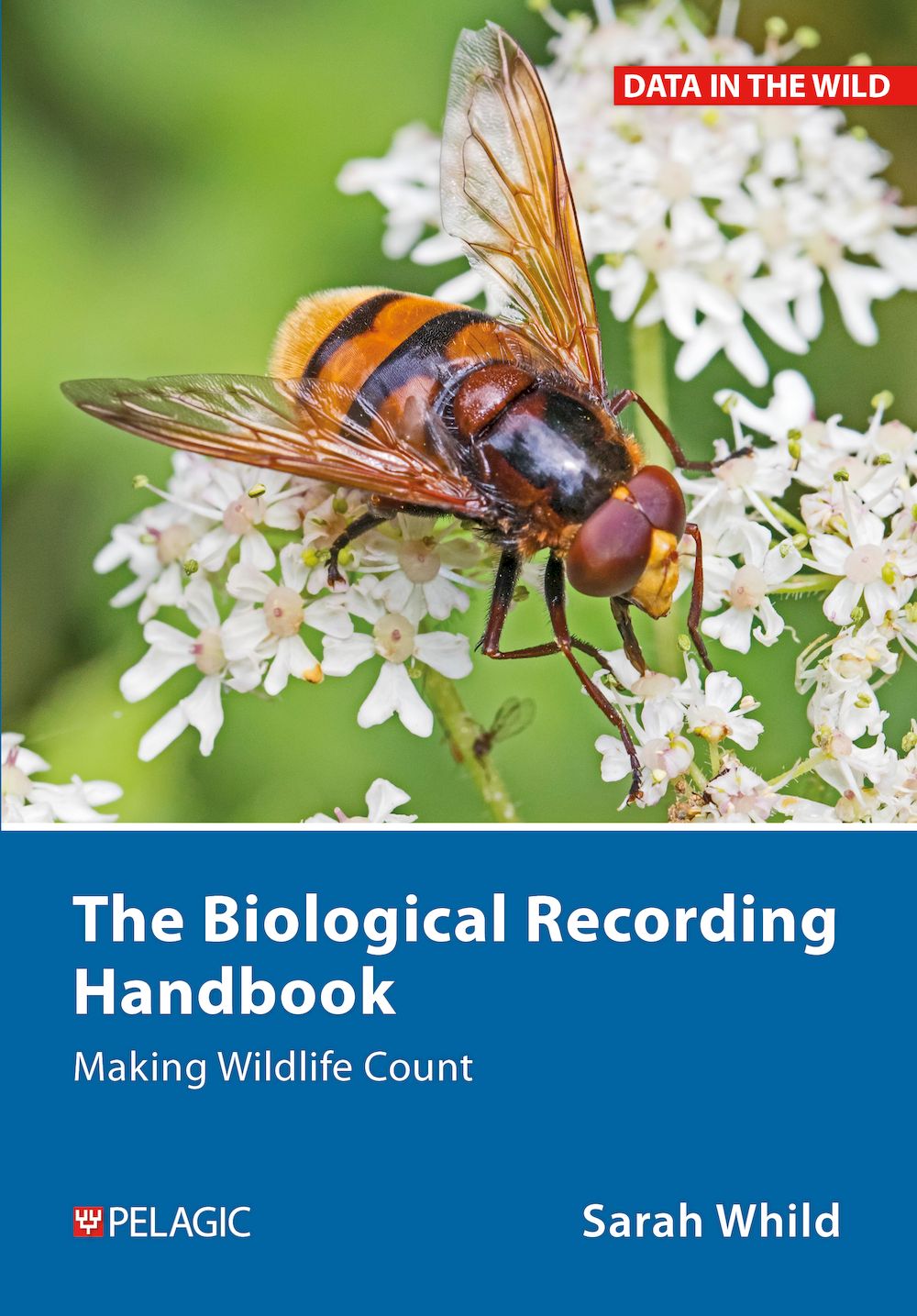
The Biological Recording Handbook
Making Wildlife Count
- All the principles of biological recording brought together in one place, with an emphasis on evidence-based data for conservation biology.
- Explains best practice for data flow: how to share and maximise use of biological records.
- Packed with examples and tips for all levels of experience.
- An engagingly written coverage of all that is essential (and more) to undertake and understand Biological Recording.
—Paul Ashton, Professor of Botany and President of the BSBI
- biology
- census
- Coming Soon
- population
- recording
- survey
Description
Biological recording is the discipline of writing down natural history observations of a correctly identified species, in a specific location, on a specific date, by a named individual. Simple enough, you may think. But these four pieces of data each have their own pitfalls for the unwary, whether making records or using them in analysis.
This is the first time that the all principles and processes of biological recording have been brought together, with a detailed look at some fascinating historical examples. What is biological recording, why do we do it, how did it start, and why does it underpin just about every evidence-based decision that is made in conservation? The book covers:
- The art of recording – in-depth, practical information from site-specific work and different habitats to handling absence data, bias and error.
- Planning – including relevant legislation and monitoring.
- Context – databases, collections, rarities, refereeing/validation.
- Analysis – working with lists and indicator species.
- Reporting – how-to, the community, ownership and confidentiality.
Controversial topics such as species reintroductions are discussed, tips are offered on how to make the most effective use of data, and readers are invited to carry out thought experiments on aspects of their own recording activities and well as considering the future of this all-important discipline.
The Biological Recording Handbook provides comprehensive guidance for anyone making wildlife records, whether amateur recorder, ecological consultant or conservation biology academic.
DOI: 10.53061/CGKV6424
Reviews
- An engagingly written coverage of all that is essential (and more) to undertake and understand Biological Recording. A distillation of a life's work in academia, consultancy and ecology.
—Paul Ashton, Professor of Botany and President of the BSBI - This is an essential work for ecologists, naturalists, conservationists, students and site managers. Anyone who has looked at wildlife and wondered “What’s that?” or “Does that usually occur here?” will enjoy it. And we will all learn a great deal from it... A uniquely valuable book - how have we managed without it?
—Brian Eversham, Chief Executive, Wildlife Trust for Bedfordshire, Cambridgeshire and Northamptonshire - Conservation is based on determining status and changes, identifying threats, untangling the underlying science, monitoring effectiveness and, most recently, quantifying targets and funding opportunities. Monitoring is key to all of this: use this exceptionally comprehensive book to deliver.
—William Sutherland, Research Professor, University of Cambridge
About the Author
Sarah Whild’s career has been spent teaching biological recording as a university lecturer, although by nature she is a botanist and has been an ecological consultant. Now retired, she works closely with the Botanical Society of Britain and Ireland on field skills and is a trustee of the National Forum for Biological Recording.Bibliographic Information
 260 pages
260 pages - BISAC NAT011000, SCI008000, COM021000, COM018000
- BIC RNKH, GPH, PS, UNC

















